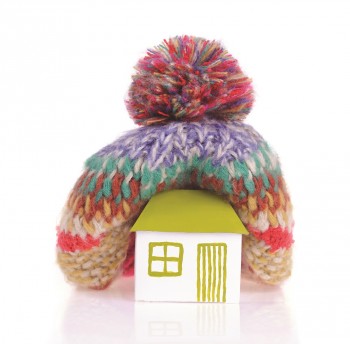Blog
Keeping an older house cosy
Tuesday, December 19, 2017

Winter is suddenly upon us and if you’re the owner of a period property, you may be feeling a few draughts and chilly spots in your home. Here’s a few small changes that will make a real difference and keep your heating bill down.
If you aren’t using the fireplace, stuff the chimney with an inflatable chimney balloon to keep your room cosy all winter. Just remember to remove any stuffing before lighting a fire!
Sash windows are notorious for heat loss if not fitted correctly. By refurbishing the sash, reweighting it and adding brush strips between the box and the frame, you’ll give your windows a new lease of life. Secondary glazing or new fitted windows are also an option and will help your home to retain heat, minimise exterior noise and reduce condensation, but look for ways to retain the character of your property in the process.
Thick curtains really keep out the cold, not just at windows but at the front door too. If your front door is really draughty consider replacing it – it will increase the security of your home too. Make sure letterboxes and even keyholes are covered and add draught excluders if required.
Cover exposed floorboards and the gaps in between with rugs to insulate from draughts that come up between the boards. Or add thin strips in each gap. If you’re replastering a room, consider using insulated plasterboard. Up to 35% of your property’s heat is lost through the walls, so this may really pay off.
Loft insulation is key to winter-proofing an older property; 25% of your home’s heat is likely to escape through the roof. Modern insulation materials such as sustainable sheep’s wool have excellent thermal properties as well as sound-proofing, air purification and humidity reduction. Or consider insulation made from recycled newspapers, industrially shredded and treated with mineral salts before being compacted into bales.
Take control. A standard thermostat will set the temperature you require before turning off. ‘Smart’ devices allow you to control your heating remotely using your phone so you never need to come home to a cold house. Thermostatic radiator valves on individual radiators, let you control the temperature of each individual room rather than heating the whole house. Don’t forget to ventilate your home a little, whenever possible, to avoid humidity and mould issues.
And if all else fails, grab a mug of hot chocolate and snuggle up with a fleecy throw - Spring is on its way!















